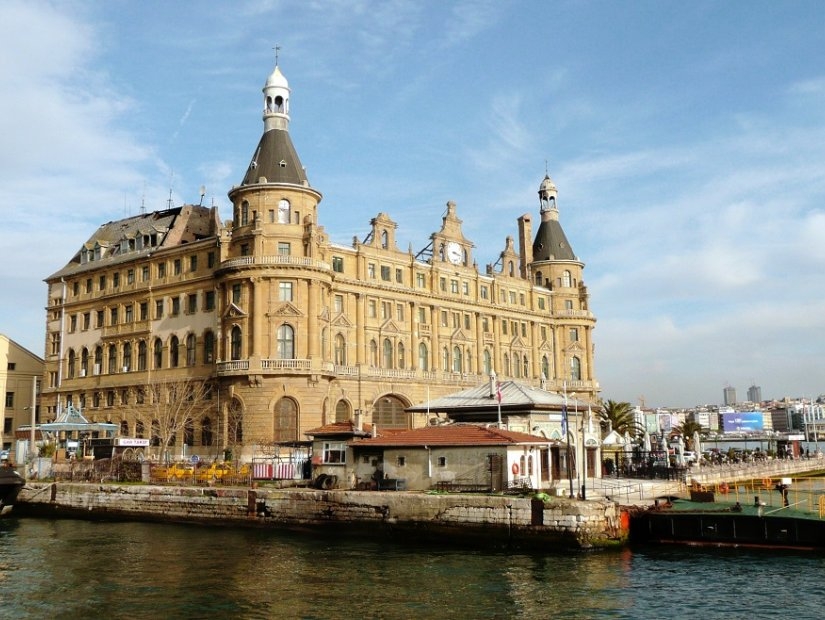Blog
Haydarpaşa Train Station
Haydarpaşa Train Station
Haydarpaşa Train Station
The ancient Haydarpaşa Railway Station has been an iconic picture on Istanbul's skyline and a symbolic entryway to the city for over a century. The station was a terminal on the Istanbul-Medina-Damascus railway line and later for lines to Anatolia. It was built by the German-owned Anatolian-Baghdad Railway and designed by architects Otto Ritter and Helmuth Cuno. Haydarpaşa, as it was severely destroyed during World War I but was reconstructed in its current shape, saw the country's transition from the Ottoman Empire to the Turkish Republic. Generations have a sentimental tie to the structure and everything it represents.
This magnificent structure greeted visitors coming by rail from Anatolia and served as the final glimpse of this fascinating city for those departing. Haydarpaşa Station has seen numerous noteworthy events, both tragic and happy, since 1908. During World War I, men boarded trains for the front from here, many of whom never returned, and it was severely damaged in a bomb strike in 1917. When Mustafa Kemal Atatürk came from Ankara, he was greeted by large crowds.
Orient Express passengers arriving in Istanbul from Europe, as well as those who wished to go on to Baghdad, used to have to take a ferry over the Bosphorus and board the train at Haydarpaşa station.
Haydarpaşa Station has lost its significance as a result of increased road and air traffic, although it remains a landmark on the Asian side of the city, along with the neighboring Selimiye Barracks (Florence Nightingale) and Haydarpaşa Medical School.
Haydarpaşa Train Station's facade has been altered several times throughout the course of its century-long existence. Until a fire in November 2010 destroyed the roof, the building was only known by a single photograph, despite the fact that the original facade was somewhat different than the one that is popularly remembered. While the building's wounds are mending, a new identity for the station is being created.


